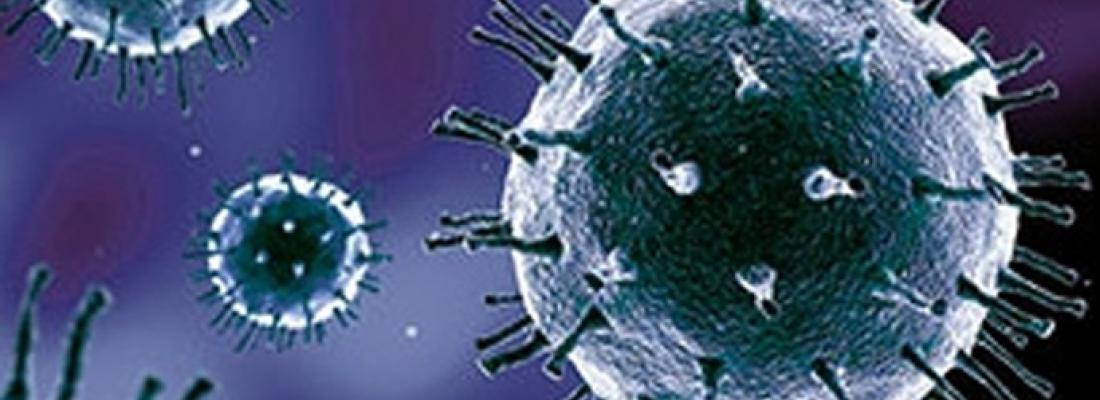Food, Global Health Reading time 2 min
Probing the protein used by SARS-CoV-2 to infect cells
Published on 28 April 2020

Like all viruses, coronaviruses are essentially vessels carrying genetic information, which is packaged alongside viral proteins within a lipid membrane. In the case of SARS-CoV-2, this genetic information is in the form of RNA. Viruses are obligate intracellular parasites—they need the resources found inside of host cells to reproduce. To enter a cell, a virus must have a surface protein that can bind to a receptor (also a type of protein) on the membrane surface of a host cell. This type of interaction is highly specific—imagine a key fitting into a lock—and it allows the virus's membrane to fuse with the host cell's membrane. The virus can then release its genetic material inside the cell and begin to replicate. In this study, the researchers focused on a surface protein found in coronaviruses: the spike protein. The spike protein plays a major role in virus entry into target cells because it attaches to a host cell receptor and thus mediates the process of membrane fusion. The cell receptor targeted by SARS-CoV-2 is called ACE2 (i.e., angiotensin-converting enzyme 2). It is the same receptor used by SARS-CoV, the pathogen responsible for the 2002–2003 SARS epidemic. Using protein sequence alignment, phylogenetic analysis1, and structural modelling, the researchers compared and contrasted the spike protein of SARS-CoV-2 with those of other coronaviruses.
For membrane fusion to occur, the spike protein must be recognised and precisely cut by the host cell receptor, which is an enzyme. This process can only occur at specific locations along the spike protein, called cleavage sites. The researchers found that the cleavage site of SARS-CoV-2's spike protein has an extra peptide fragment, an insert that is four amino acids long. This insert is absent from the spike proteins of SARS-CoV and other closely related coronaviruses in mammals such as the bat and the pangolin.
Structural modelling revealed that SARS-CoV-2's cleavage site is a loop that could be recognised by proteases; this conformation results from the presence of the insert. SARS-CoV-2 is thus structurally distinct from other closely related coronaviruses, a trait that may have played a major role in the virus’s evolution and emergence.
The results of this study lay the foundation for functional research on the spike protein, which could clarify how SARS-CoV-2 infects cells and spreads within the human population.
1Phylogenetic analysis examines phylogenetic trees, which are diagrams that represent evolutionary relationships among biological entities.
|
Reference Jaimes JA et al., Phylogenetic Analysis and Structural Modeling of SARS-CoV-2 Spike Protein Reveals an Evolutionary Distinct and Proteolytically Sensitive Activation Loop, Journal of Molecular Biology, DOI: 10.1016/j.jmb.2020.04.009 |
